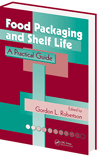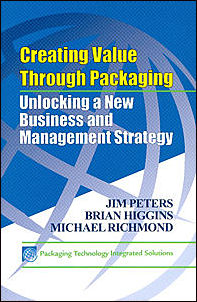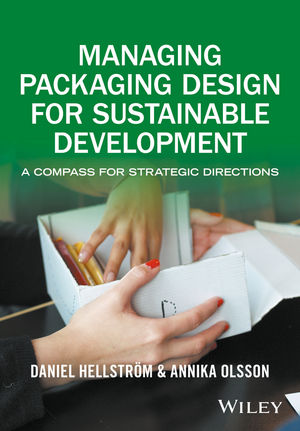Here’s a story that happened this summer. A crate of avocados traveled from California to British Columbia. Upon receiving the shipment, the distributor realized the whole crate of fruit was rotten and completely unsellable.
What happened to the avocados? They should have been thrown in the compost to become nutrient-rich fertilizer.
Unfortunately, fruit stickers — made with polyethylene and conventional adhesive — which were found on every single one of the avocados are not compostable. They are garbage. The time it would have taken to have someone peel off hundreds of these stickers is not insignificant, especially when the end result bears no value for the distributer.
So what actually happened to the avocados? The whole crate of fruit got tossed in the garbage, adding unnecessary volume to the landfill and potent methane to the atmosphere.
The Cumulative Effect
If the avocado situation were a one-time event, it wouldn’t be a story worth telling. But it happens all the time, whether it’s the cumulative effect of individual consumers forgetting about the sticker or crates getting dumped en masse.
Regardless of the offender, when fruit stickers are not peeled off, it’s problematic wherever the waste ends up. It’s either organic waste in the dump or plastic waste in the compost. In the compost scenario, once organics arrive at industrial composting facilities, when the food has started decomposing, it’s nearly impossible to remove all of the labels, so pieces of plastic do end up in bags of soil.
One Seattle-based composter, Cedar Grove Compost, made national news this past March for creating an incentive program for consumers to peel off stickers. The company distributed sheets resembling Bingo cards – when a family filled all 20 squares with fruit stickers, they received a free bag of compost.
A Sweet Opportunity
Why spend so much time talking about fruit stickers? Because this situation represents an opportunity for our industry to solve a real problem and push ourselves toward innovation and sustainability. The need is apparent, and the materials exist. We just need the industry to see the potential. Those who take it seriously will stand out for being on the leading edge.
Take Fresno, Calif.-based Sinclair Systems, for example. Sinclair is the only North American company (that I am aware of) to provide compostable, bioplastic fruit labels. Within 22 weeks of undergoing industrial composting, its labels disappear into the environment without leaving any harmful traces.
The labels are made from polylactic acid (PLA), which can be derived from renewable sources such as corn, and a biodegradable adhesive. Having personally seen the labels, there is no visual difference to the look, feel or performance of the compostable material. It adheres well to all types of fruit.
What Does it Take to Make Compostable Labels?
Sinclair has the market right now, but there is a lot of room for competition. The technology required to create compostable labels is readily available and the majority of fruit companies still have yet to convert to compostable. Creating these labels requires three things.
The first is the film. You will need a multi-layer PLA film, as monolayer film isn’t suitable for meeting opacity requirements. Quality film is necessary here. You will need to ensure the film has blemish-free, white opacities with flat sheeting (no folds or wrinkles across the web). Consistent gauge is also necessary for the smooth coating and printing of universal product codes (UPCs). Any pigments or
additives in the film will also need to be compostable.
The second element is the biodegradable adhesive that is made specifically for direct contact with foods.1 Avery Dennison, for example, has an adhesive that works well here. Once the adhesive coating is applied, the (typically) 20-inch rolls are ready to be printed and die cut.
Finally, you need to get your labels certified through one or all of the right channels to ensure they are suitable for composting. This is a one-time step. This could take considerable effort, unless you source your film and adhesives from pre-certified sources.
Beyond Fruit Stickers
One day, it will probably be inconceivable that fruit labels were ever non-compostable. The movement is starting, but it needs momentum and now is a great time to get into it, when we are still ahead of the curve.
If your business doesn’t make fruit stickers, the principle still applies — especially as it relates to sustainability — whether it’s making packaging recyclable, biodegradable or sourced with post-consumer recycled materials. Industries and consumers alike have problems to solve and desires to tap in to. We just have to be proactive in identifying those areas and serving our customers.





